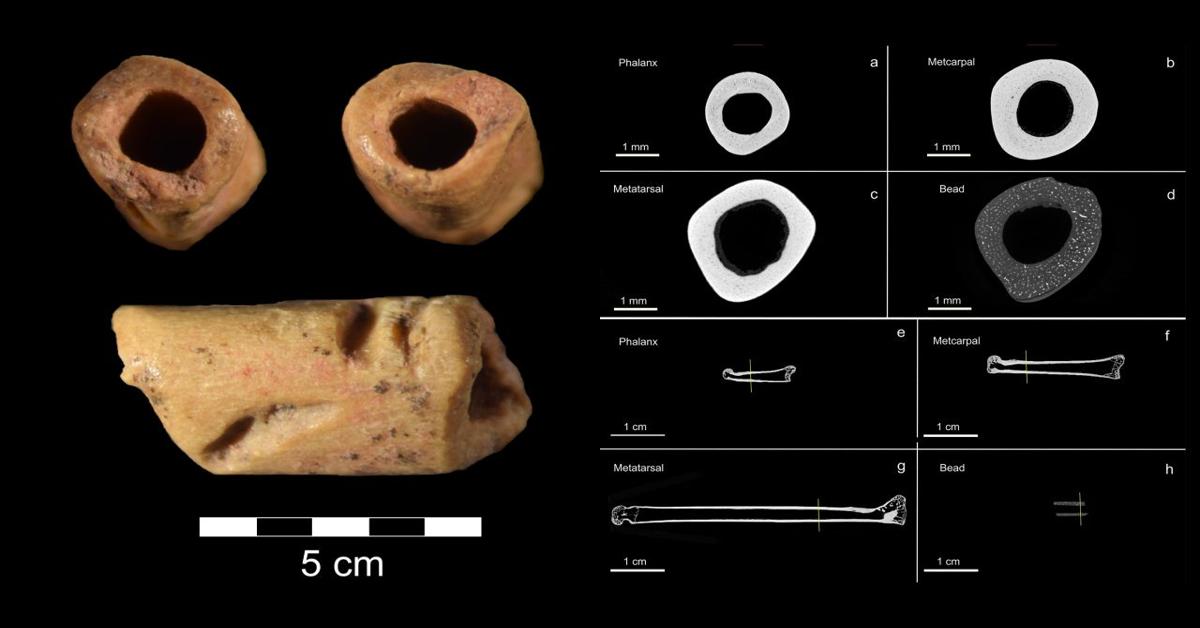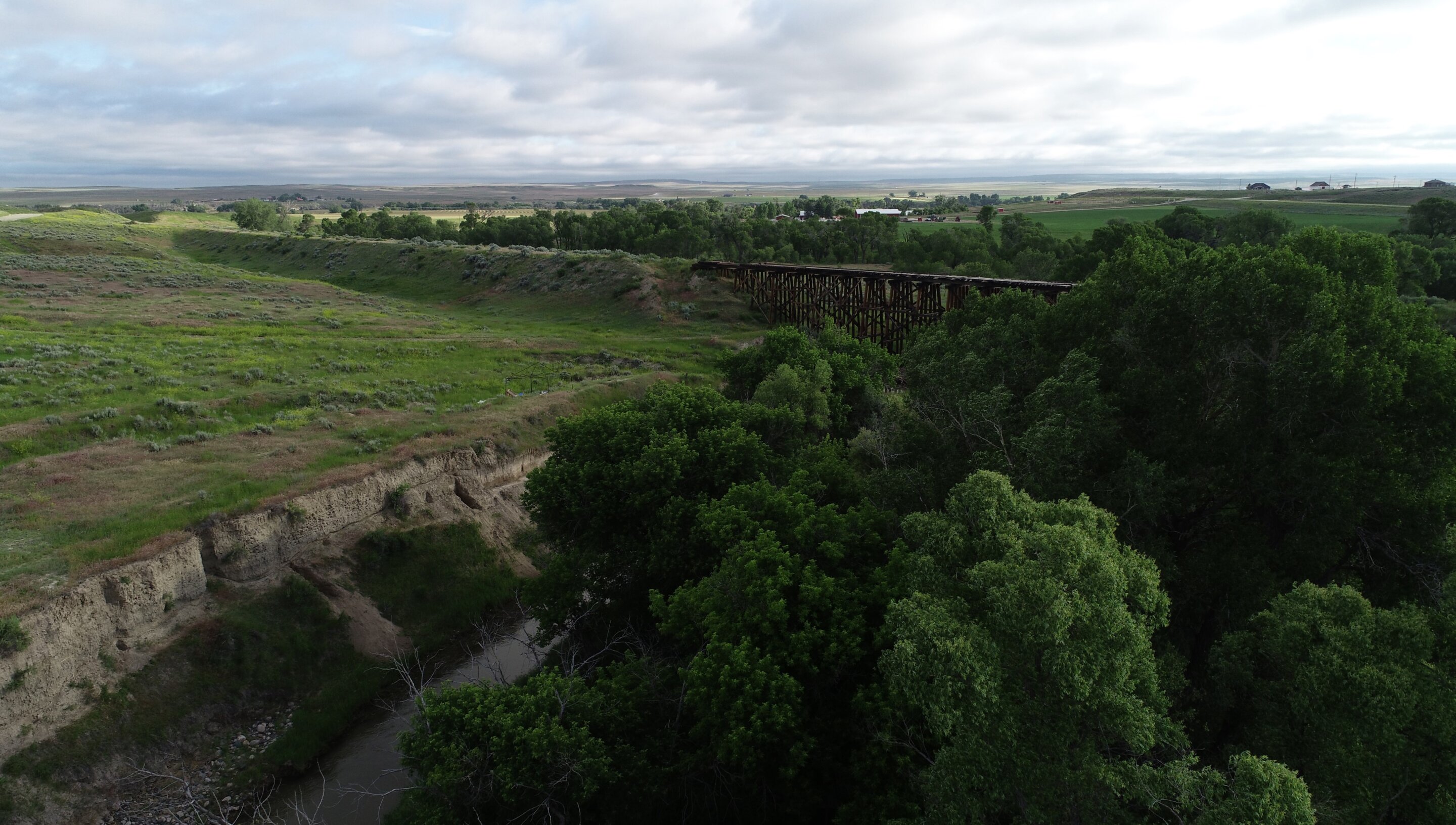
Professor Todd Surovell and his team at the La Prele Mammoth site in Converse County have discovered the oldest known bead in the Americas to date
Archaeology Professor Todd Surovell of the University of Wyoming and his team discovered a tubular bead made of approximately 12,940-year-old bone at the La Prele Mammoth site in Converse County.
To determine the origin of the bone, the research team extracted collagen for zooarchaeology by mass spectrometry, also known as ZooMS, which allowed the group to learn about the chemical composition of the bone.
He concluded that the bead was either made from a metapodial – bones that connect the phalanges of the fingers to the more proximal bones of the limbs – or the proximal phalanx of a rabbit, a bone found in the fingers and toes of humans and other vertebrates.
It represents the first reliable evidence of the use of rabbits in North America, especially during the Clovis period, a prehistoric era that flourished approximately 12,000 years ago. This period is named after the Clovis archaeological site in New Mexico, where distinctive stone tools were discovered.
The bead is about 7 millimeters (0.28 inches) long and has an average inner diameter of 1.6 millimeters. The grooves on the outside of the bead indicate that humans made it with stones or their teeth.
The study, published in Scientific Reports under the title "Use of hare bone for the manufacture of a Clovis bead," involved the UW, the Wyoming State Archaeologist's Office, the University of Manchester, Weber State University and Chico State University.

The La Prele Mammoth site preserves the remains of a sub-adult Columbian mammoth that was killed or scavenged and an associated camp occupied at the time of slaughter.
Source: Newsroom